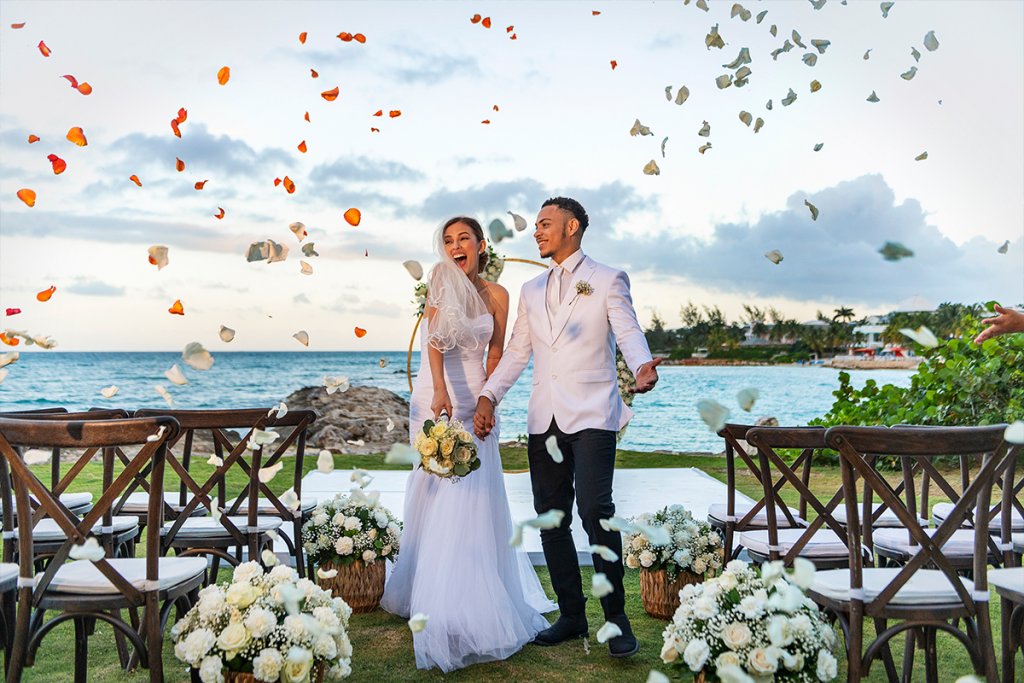guest blog:
Here’s a fun fact you didn’t know about this fierce intern—I’m a blackjack dealer at Harrah’s in Atlantic City. I bet you weren’t expecting that one.
And here’s my personal crash course for all you beginners out there.
First and foremost, don’t gamble with money that you can’t afford to lose. And you never go into a casino thinking that you will walk away richer. Seriously, how do you think casinos stay in business? And unless you’ve got an advanced degree in all things NASA, I’d stick to the basics.
At Harrah’s, I deal on the tables that play with eight decks, but you can find tables that play with one or six decks, too. The fewer amount of decks you play with, the better your odds of winning. Just know that the six-deck tables are only in the high-limit section. Before I continue, please remember these are just GUIDELINES, which means, just because you follow them doesn’t mean you’ll always win. Got that? OK, let’s move on.
Now the object of Blackjack is kind of like the Price is Right, you’ve got to get as close to the number 21, without going over.
The best cards for a player to have are the face cards, because they have a value of 10. Aces have a value of one or 11. So, if you’re dealt an ace and a four, for example, you’ve got five or 15 (AKA soft15). The closer the value of your first two cards is to 21 the better chances you have of winning.
But, the game isn’t always about getting to 21. You can win when the dealer breaks (AKA goes over 21). The worst cards for a dealer to have are 4, 5 and 6 for the simple fact that these are more likely to cause a break. So, if a dealer has one of those cards facing up, it’s better to stay on 12 (and higher) instead of trying for that 21. It’s simple math; if you have 12 and you take another card (AKA hit), and it’s a face card, well, sorry, you lose. Instead, keep the 12 and let the dealer take the face card so the house loses, and you win.
Confused? Print out a strategy card. It gives tips on what to do in any situation. So, if you forget what you’re supposed to do, just whip that bad boy out of your pocket (you’re allowed, it’s not cheating). Many casinos sell the book in their gifts shops, but why buy it? Now you have more money to play with!
Basic Terms
- Blackjack is when you are dealt an ace and either a 10, jack, queen or king. It pays 3 to 2, for example, blackjack on a $10 bet will pay out $15.
- Hit means you want to take another card. For example, if your first two cards are two and three (five), you should hit. To signal this, tap your index finger on the table. Note: You must use hand signals or the dealer won’t respond to your request.
- Stay means that you don’t want another card. For example, if your first two cards add up to 19, you will stay. You signal this by waving your hand over your cards. *Note: You must use hand gestures at all times. There are security cameras watching the table and they need those signals to prove that the dealer fulfilled your request. If you verbally tell a dealer to hit, and you break, you could go back and say that you didn’t want to hit. The gestures keep us dealers from getting into trouble. Using hand signals is so important I had to remind you twice.
- Splitting is used when you are dealt two cards of the same value (two 7s, two 9s, a jack and a ten, you get the picture). So, if you’re dealt two eights, for example, and you want to split them place out a matching bet and put it next to (not on top of) your original bet. The dealer will split the cards and give you one more card on each. Let’s say you get a 10 on one, and a nine on the other. Now it’s as if you’re playing two hands. You have the opportunity to hit these hands, but you will probably want to stay since they are pretty good. If you win both hands, you make twice as much money than if you decided not to split.
- Doubling down is useful when the dealer has one of the bad cards I mentioned above facing up. A popular double down is when you are dealt two cards that equal 11. Assuming you are playing $10, and you want to double down, simply place any amount of money you wish next to your original bet (the amount can’t exceed the value of your original bet). The dealer will give you one card, and one card only. The rule is you cannot hit again once you’ve doubled down.
- Insurance is an option only when the dealer has an ace showing. The dealer will ask everyone at the table if they would like insurance before he checks to see if he has blackjack. If you think the dealer has blackjack, you will want to take the insurance. There is a designated area on the layout of the table to place an insurance bet. You are allowed to bet UP TO half of your original bet (you can insure a $10 bet anywhere from $1-$5). If the dealer has blackjack, your insurance bet is paid, but you still lose your original bet. Since insurance pays 2 to 1, if you bet half of your original bet, no money will be lost if the dealer has blackjack. Tip: This is an unpopular bet, but some people like to bet it.
- A push is when the dealer ties with a player. If you have 18 and the dealer gets 18 too, that’s a push. You don’t win or lose any money.
Do
- Assume the dealer has a 10 under the card that is facing up.
- Split aces and eights.
- Double down on an 11 unless the dealer has an ace showing.
- Double down on a 10 unless the dealer has a 10 or ace showing.
- Set a limit for yourself. Say, “Self, if I win $X or if I lose $X, I’m going to leave the table.”
- Be excited to get blackjack!
- Tip the dealer!
Don’t
- Split face cards (other than aces of course), 10s and 5s.
- Hit when you have an ace and an eight or an ace and a nine.
- Be afraid to hit or split when you’re supposed to.
- Let the fact that men are sitting at the table intimidate you.
- See gambling as a form of income. It’s for recreational purposes only.
- Touch the cards, ever.
- Use your cell phone at the table. (It may be general public decorum, but some people need to be reminded.)
Now go win some moolah!
Posted by Carie at 10:09 a.m.
- travel's blog
- Log in or register to post comments




